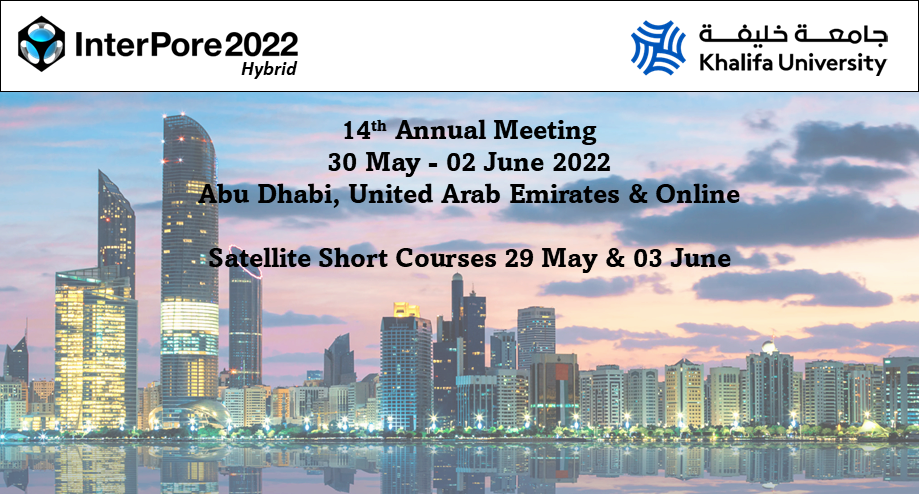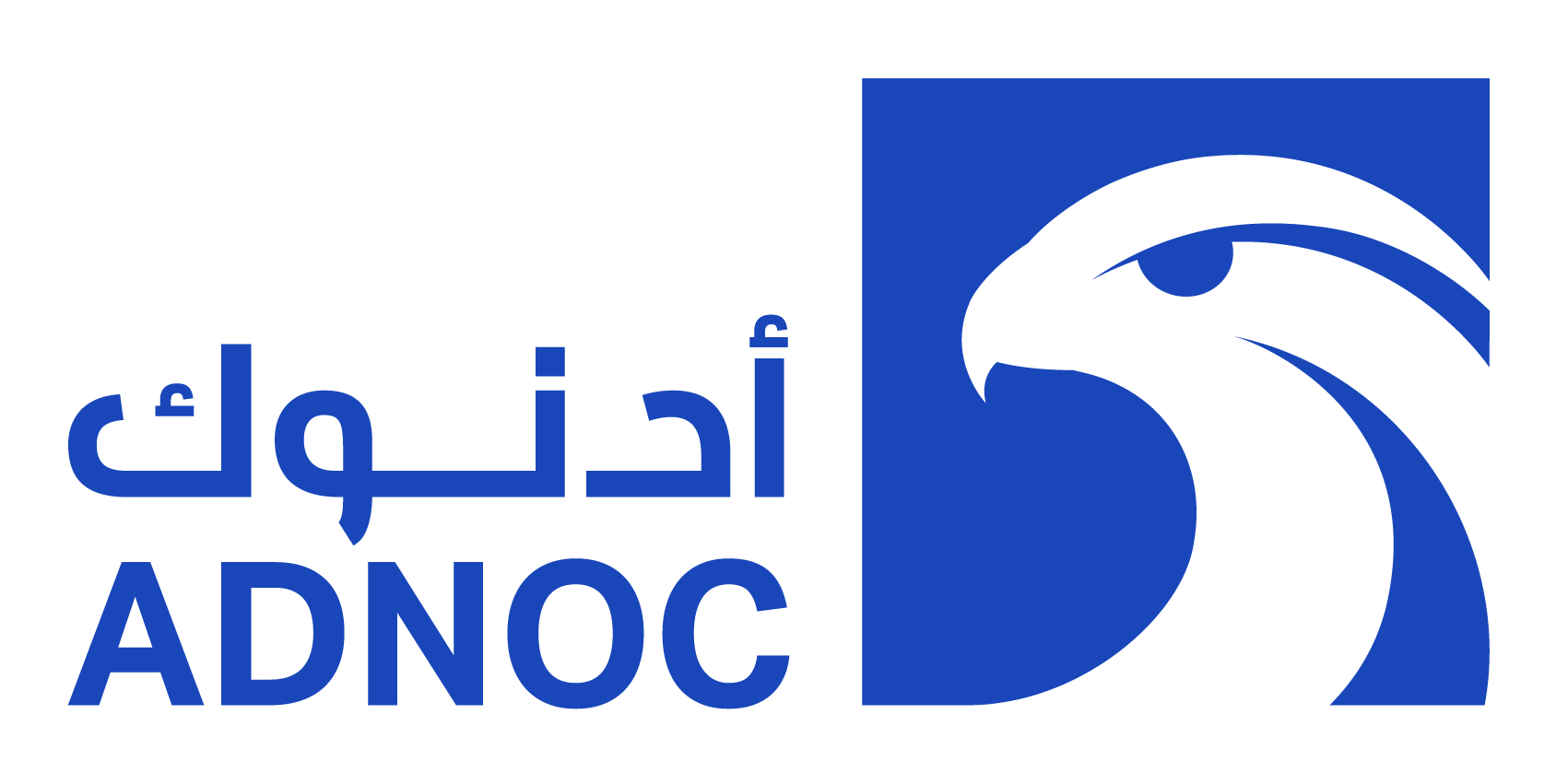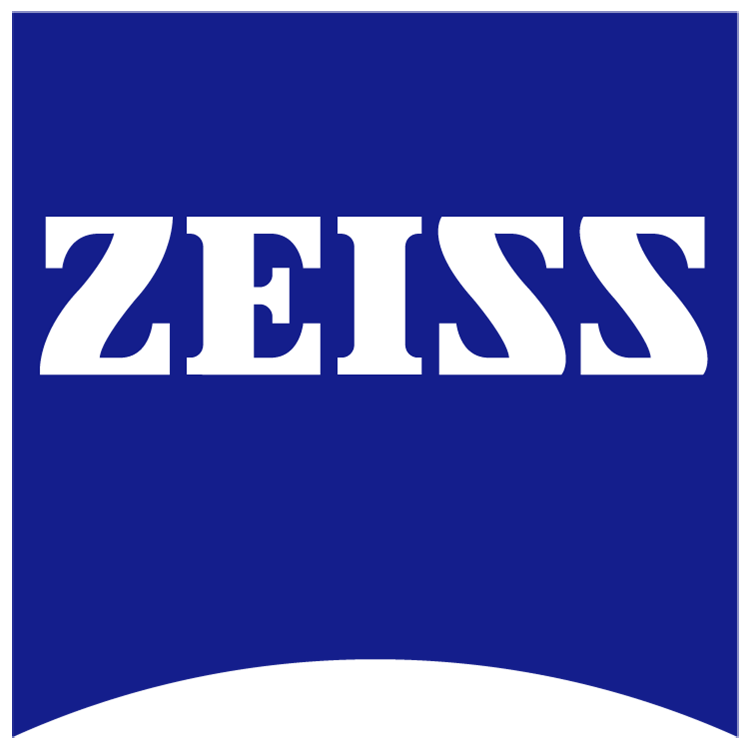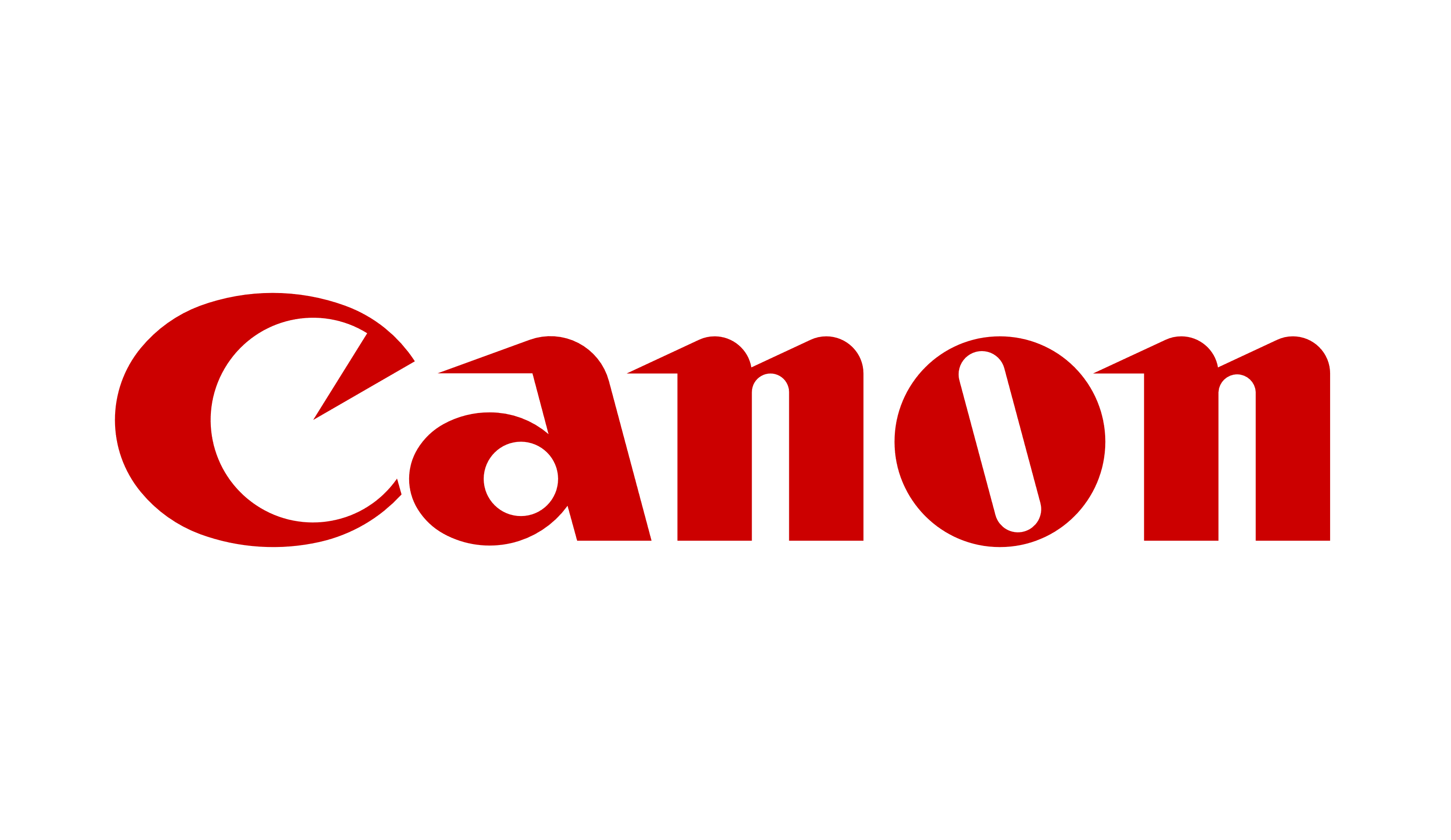Speaker
Description
Understanding the ability of salts to crystallize at the interface between two porous media with different material properties is of paramount importance to understand the decay mechanisms involving salt crystallization in composite materials. This problem is that is very relevant to art conservation practice and civil engineering problems.
Over the past decades, much has been learned about the effects of salt crystallization within a single type of porous material and on its surface. In order to uncover the more complex but realistic situation of layered porous materials, the European JPI-CRYSTINART project was initiated in 2020.
We present our results on salt crystallization on the presence of an interface between hydrophilic and hydrophobic porous media during evaporation of aqueous salt solutions. For this purpose, we designed artificial 2D single layered porous media for studying the fundamentals of crystallization at the interface of two porous materials with different wettability properties at the microscale. The hydrophobic layer is created by a targeted silanization of only the top few layers of a porous medium consisting of sintered microscopic glass beads. Our manufacturing method is also a versatile tool for creating monomodal or multimodal pore size 2D porous media and allows to quantitatively study multiphase flows using different microscopy techniques. These data can subsequently serve to implement numerical models that can be extended to the 3D situation where visualization is experimentally difficult.
In the experiments, the drying kinetics and dynamics of salt precipitation (NaCl) are investigated in real-time by simultaneously using optical microscopy with automated image analysis and mass change registration during evaporation. The drying regimes identified during the evaporation of the composite material are shown to be different than the drying behaviour of a purely hydrophilic or hydrophobic porous medium. In the early stages of evaporation, a drying front penetrates into the sample into the hydrophobic upper layer without any salt precipitation. subsequently, the air progressively penetrates into the sample via the formation of steady or transient continuous air networks in the larger pores resulting in a rather homogeneous drying of the hydrophilic region up to the interface region. Consequently, the precipitation of large crystals starts on the hydrophilic side close to the interface region; this can be viewed as subflorescence. Subsequently, the salt is observed surprisingly to slowly creep, as tiny crystals into the hydrophobic region; We show that such dynamics of crystallization with a gradient of crystal size results in the interruption of the complete drying of the whole material and to entrapped liquid pockets within the hydrophilic region.
The existence of an interface within a layered composite porous material with different wettability properties plays a major role in both the drying and crystallization dynamics of a salt solution. Understanding these principles could help to understand the materials dynamic due to crystallization of salts at the interface and propose alternative solution to prevent salt damage. As crystallization at the interface region is a major issue in the delamination and damage of ceramics, tiles and mural paintings, this is an important observation.
References
Shahidzadeh-Bonn, N., Azouni, A., & Coussot, P. (2007). Effect of wetting properties on the kinetics of drying of porous media. Journal of physics: condensed matter, 19(11), 112101.
Liefferink, R. W., Naillon, A., Bonn, D., Prat, M., & Shahidzadeh, N. (2018). Single layer porous media with entrapped minerals for microscale studies of multiphase flow. Lab on a Chip, 18(7), 1094-1104.
Qazi, M. J., Salim, H., Doorman, C. A. W., Jambon-Puillet, E., & Shahidzadeh, N. (2019). Salt creeping as a self-amplifying crystallization process. Science advances, 5(12), eaax1853.
| Participation | In person |
|---|---|
| Country | The Netherlands |
| MDPI Energies Student Poster Award | No, do not submit my presenation for the student posters award. |
| Time Block Preference | Time Block B (14:00-17:00 CET) |
| Acceptance of the Terms & Conditions | Click here to agree |









